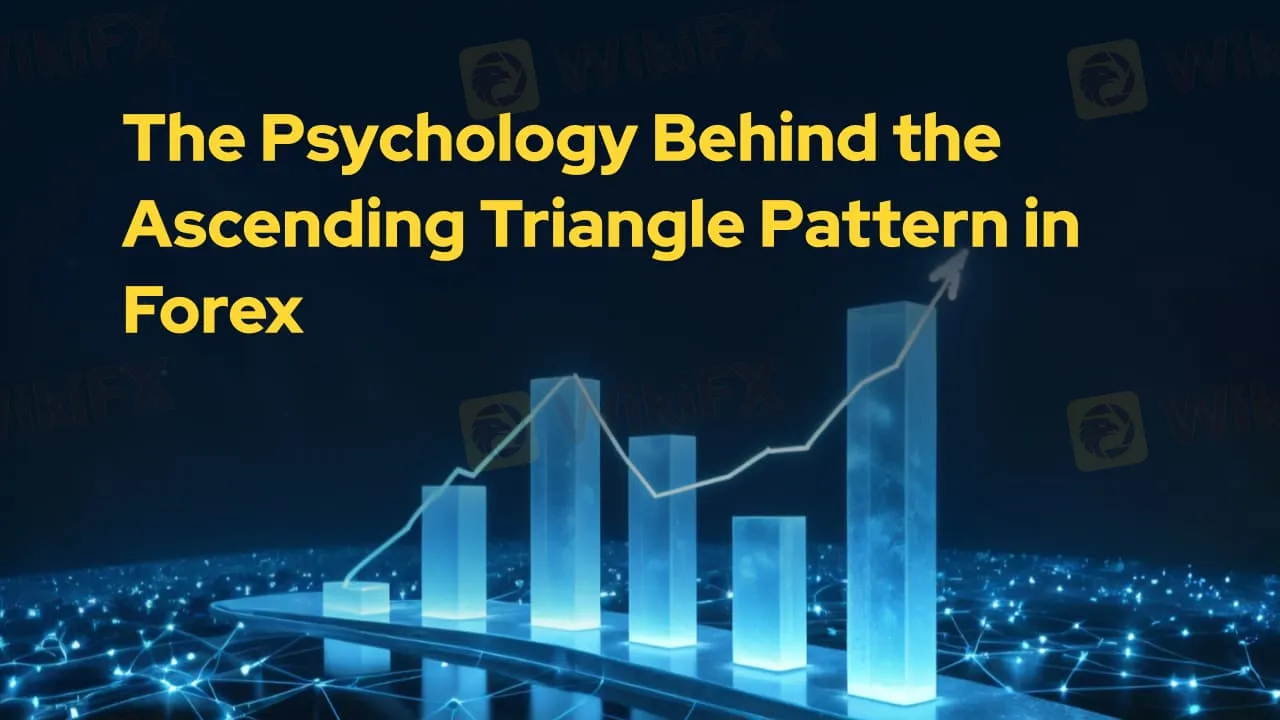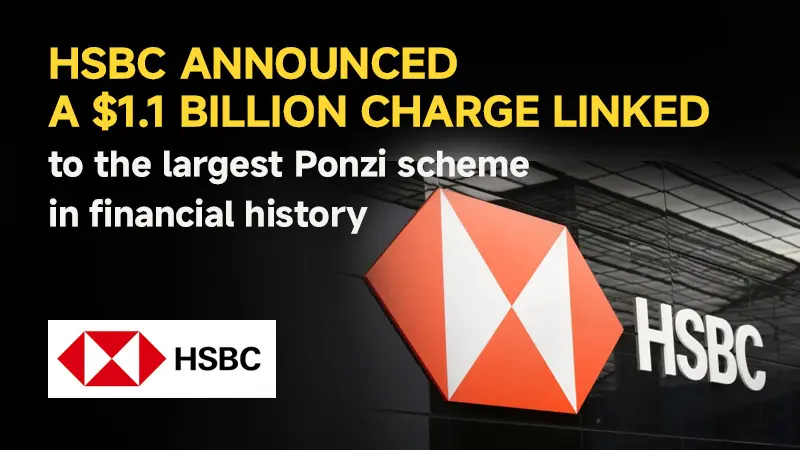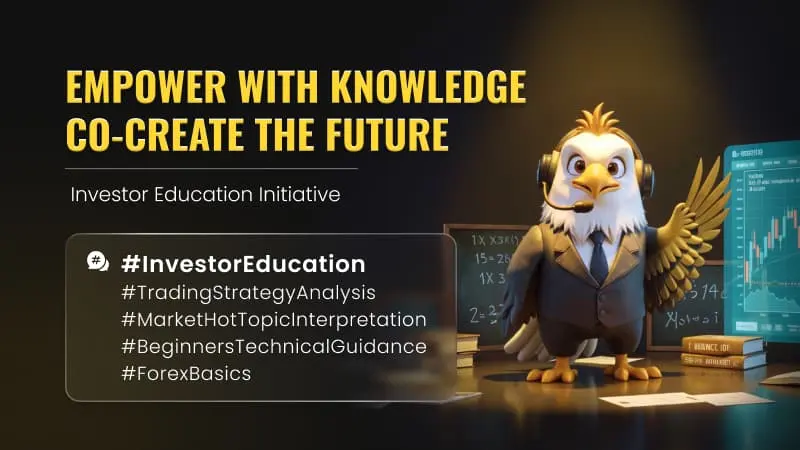简体中文
繁體中文
English
Pусский
日本語
ภาษาไทย
Tiếng Việt
Bahasa Indonesia
Español
हिन्दी
Filippiiniläinen
Français
Deutsch
Português
Türkçe
한국어
العربية
The Psychology Behind the Ascending Triangle Pattern in Forex
Abstract:In forex trading, chart patterns are more than just shapes on a graph. One of the most powerful bullish continuation patterns is the ascending triangle. This formation doesn’t simply happen by chance; it’s a result of specific psychological dynamics at play among buyers and sellers. Understanding the reasoning behind this pattern can help traders make informed decisions and improve their chances of profitability.

In forex trading, chart patterns are more than just shapes on a graph. One of the most powerful bullish continuation patterns is the ascending triangle. This formation doesn‘t simply happen by chance; it’s a result of specific psychological dynamics at play among buyers and sellers. Understanding the reasoning behind this pattern can help traders make informed decisions and improve their chances of profitability.
What Is an Ascending Triangle?
The ascending triangle is a chart pattern characterized by:
- A horizontal resistance level at the top, where price repeatedly tests but fails to break through.
- An upward-sloping support line at the bottom, indicating that buyers are consistently entering the market at higher prices.
Typically, the pattern forms during an existing uptrend, signaling a possible continuation once a breakout occurs above resistance.
The Psychology Behind the Pattern
The formation of an ascending triangle reflects a gradual shift in market sentiment, with buyers increasingly taking control. Here‘s what’s happening beneath the surface:
1. Strong Resistance and the Battle for Breakout
The horizontal resistance level represents a price point where sellers are consistently willing to take profits or open short positions. Each time the market reaches this level, selling pressure temporarily outweighs buying pressure, causing a pullback.
However, the repeated testing of this resistance sends a message to market participants: the sellers control is weakening, and buyers are persistent.
2. Higher Lows Show Growing Confidence
The rising trendline of higher lows indicates that buyers are stepping in earlier with each dip, unwilling to wait for prices to drop lower. This is a clear sign of bullish sentiment. Traders interpret higher lows as evidence of increasing demand and a shrinking supply of sellers.
3. Pressure Builds Like a Spring
As price action squeezes between the rising support and the fixed resistance, market energy is compressed. This “pressure build-up” often leads to an explosive breakout once the resistance finally gives way. The breakout tends to be strong because many traders — from short-term scalpers to long-term investors — enter the market simultaneously.
4. Breakout Psychology
When the resistance is decisively broken, it signals a shift in control from sellers to buyers. Traders who were previously short may rush to cover their positions (buying back), adding more fuel to the move. At the same time, breakout traders enter new long positions, accelerating upward momentum.
How Traders Can Capitalize on the Pattern
Understanding the psychology of the ascending triangle is the first step. The second is translating that knowledge into actionable trading strategies:
- Many traders wait for a confirmed breakout above resistance before entering a trade. This confirmation often comes with increased volume, signaling genuine buying interest.
- A common approach is to place stop-loss orders just below the last higher low or the rising trendline to protect against false breakouts.
- Measure the height of the triangle (from the base to the resistance) and project that distance upward from the breakout point to set a potential target.
- False breakouts can occur when the price briefly moves above resistance but fails to sustain. Waiting for a retest of the breakout level or confirmation from indicators like RSI or MACD can filter out weaker setups.
Final Thoughts
The ascending triangle in forex is a snapshot of shifting market psychology. As buyers grow more confident and sellers lose ground, the market builds up pressure that often results in a strong upward breakout. Traders who understand the human behavior behind this pattern can better anticipate movements, manage risk effectively, and seize profitable opportunities when the market tips in their favor.

Disclaimer:
The views in this article only represent the author's personal views, and do not constitute investment advice on this platform. This platform does not guarantee the accuracy, completeness and timeliness of the information in the article, and will not be liable for any loss caused by the use of or reliance on the information in the article.
Read more

Voices of the Golden Insight Award Jury | David Bily, Founder and CEO of Moneta Markets
WikiFX Golden Insight Award uniting industry forces to build a safe and healthy forex ecosystem, driving industry innovation and sustainable development, launches a new feature series — “Voices of the Golden Insight Awards Jury.” Through in-depth conversations with distinguished judges, this series explores the evolving landscape of the forex industry and the shared mission to promote innovation, ethics, and sustainability.

HSBC announced a $1.1 billion charge linked to the largest Ponzi scheme in financial history
The British banking giant HSBC Holdings Plc has announced a potential $1.1 billion charge connected to the long-running Bernard Madoff Ponzi scheme, following a legal ruling in Luxembourg. The claim stems from Herald Fund, a European investment fund that sued HSBC over alleged losses related to the Madoff fraud.

More than £100,000 was fined! Firm advisor banned by FCA for financial crime.
The UK Financial Conduct Authority (FCA) has taken decisive action against a financial professional for insider dealing, underscoring its firm stance against market abuse and dishonest conduct within the financial industry.

Empower with Knowledge, Co-create the Future: Investor Education Initiative
Thank you for your continued strong support for the WikiFX APP Forex Community! We are delighted to see that many professional brokers like you have already shared valuable market insights, trading strategies, and risk management knowledge within the community, providing extremely valuable learning resources for the vast number of traders and fostering an increasingly vibrant learning atmosphere.
WikiFX Broker
Latest News
How to Add and Take Out Money from Amillex Broker: A Complete Guide
FCA warning: These Firms are on the list
Ponzi Scheme Operator Sentenced to 14 Years in Western Australia
Dubai VARA Warns Against Vesta Investments
Don’t Get Scammed: A Roundup of Common Online Fraud Tactics in Forex
T4Trade broker Review 2025: Is T4Trade Regulated?
Chicago PMI Beats But Remains In 'Contraction' For Second Straught Year
Firsttrade Review: Traders Raise Ponzi-Style Scam Concerns, Withdrawal Denials & More Issues
Voices of the Golden Insight Award Jury | David Bily, Founder and CEO of Moneta Markets
Spot the Ghost Brokers This Halloween | No Treats for Scams!
Currency Calculator



